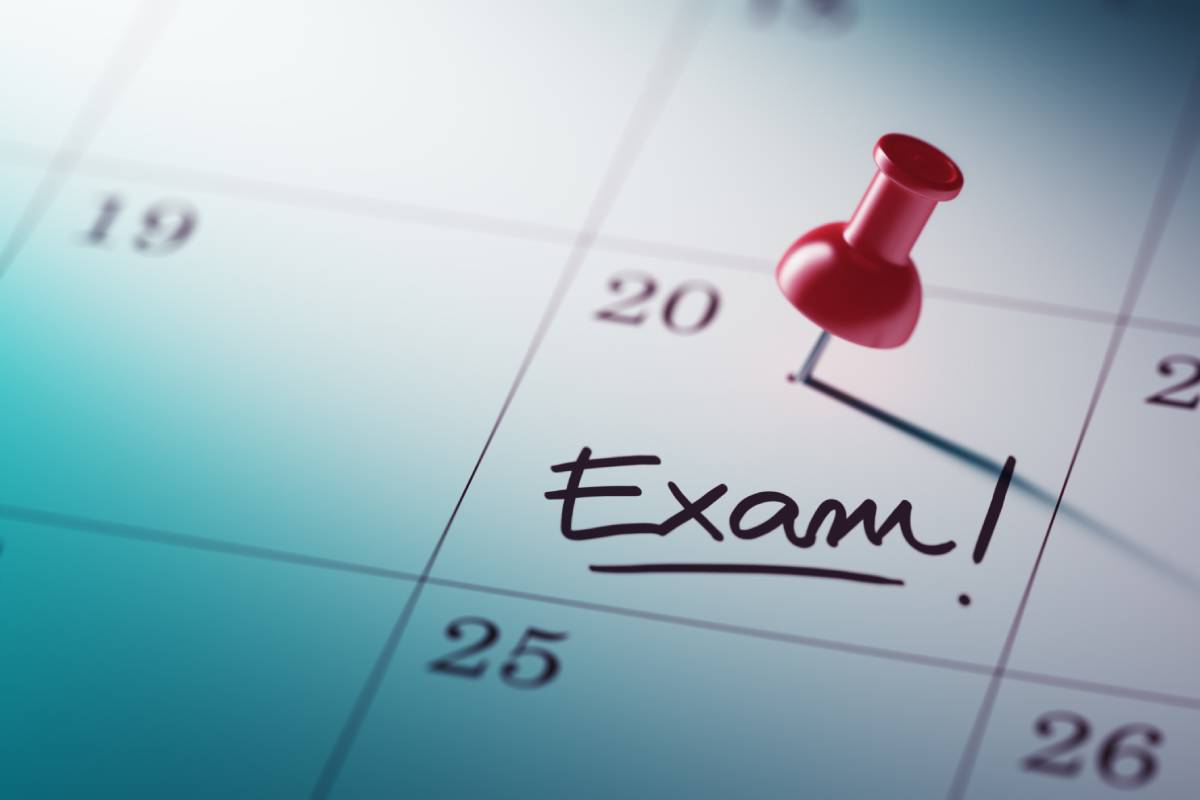Exam time can be stressful for students, often leading to a deterioration in the expected levels of behaviour in the classroom.
It is no surprise that emotions are often heightened due to the pressure, with many students finding it difficult to express their feelings. Teachers can make a real difference if they introduce some simple strategies to minimise low-level disruption.
What is low-level disruption in the classroom?
Low-level disruption can be very draining for teachers, and it can reduce the amount of learning. It can include student behaviours like chatting, being unfocused, being off task, calling out or delaying tactics.
You may usually conquer these behaviours by creating outstanding exciting, and engaging lessons. Still, when exams are close and you need to get your class to revise and become confident with the curriculum, you may notice an increase in low-level disruption.
Some simple strategies can help reduce low-level disruption and improve the behaviours you see in class.
5 Strategies for Reducing Low-Level Disruption
- Create a Protective Bubble
More than ever, during exam time, students need your full attention. By focussing closely on their needs and being ready to respond to any crisis, you can help to offer reassurance and support when it is needed most.
Turn your classroom into a protective bubble by closing the door, turning off notifications on your laptop and fully engaging with your students. This will reduce distractions that could negatively impact you and your students.
- Be Positive
All classrooms should be full of positivity to create a constructive learning environment, but it is even more vital when students are under pressure.
Keep your feedback and comments positive by using encouraging language, and where you need to correct mistakes or misunderstandings, remember to offer praise for effort or try to elicit a more comprehensive answer.
You can try the following responses:
“That’s great…now tell me more about….”
“I like your answer. Now can you focus on…”
“Thanks for your contribution. Now shall we hear someone else’s idea…”
- Create Systems
Don’t underestimate how much students will take advantage of a teacher who is not organised and ready.
Make some time to observe other teachers’ classrooms to see how they have introduced systems to make their lives easier, such as filing systems, resource organisation and storage, labels, and marking trays.
It isn’t just about going Mrs Hinch on your classroom to make it look pretty. It is all about making it easy to find what you need when you need it and allowing students to be independent.
You should aim to avoid any student using the excuse of not having a pen to disrupt your valuable class time.
- Don’t Neglect Planning
A good plan is often the key to avoiding disruption in any lesson. At exam time, it is essential not to neglect your planning.
Without a clear purpose, students may become disruptive and unable to focus. Students who find revision difficult will not succeed on their own.
Instead, plan your revision lessons as methodically as you do at any other time of year. Think about what areas you want to focus on and include different strategies for covering your topic. Ensure you use techniques that encourage participation and engagement to reduce disruption.
Always review your lessons and consider the next steps for the next lesson and plan accordingly.
- Know your Audience
I often think that delivering a lesson is akin to performing on stage, so it makes sense to know your students the same way an actor plays to an audience.
If your class is struggling with stress, maybe you want to make them feel calm or are they flagging and need energising? Getting the tone of your lessons right can make a big difference to their concentration.
Of course, it is important to swallow your frustrations. It is better to attempt to increase engagement by using polite, positive language and being assertive without getting angry.
Understanding the source of unwanted behaviours, such as acknowledging student fears, can help with this.



